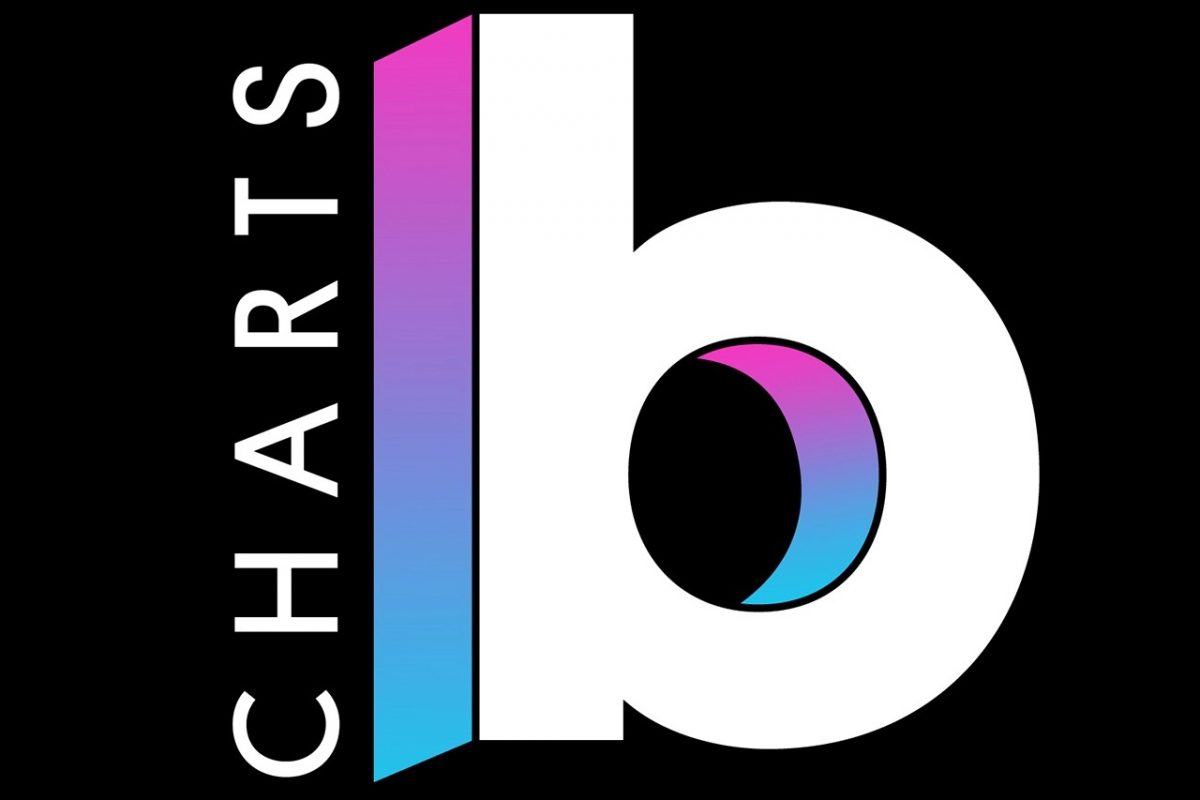How Indie Jamaican Artists Can Make It Onto The Billboard Reggae Chart

With no live shows or tours to be staged amid protracted lockdowns, Jamaican artists have gone fully into writing and production mode with over two dozen albums expected to be released in 2021 by some of the island’s biggest names.
However, comparatively low music sales continue to hinder many Jamaican artists from climbing atop the coveted Billboard Reggae Albums chart.
General Manager of the Jamaica Music Society (JAMMS), Evon Mullings is suggesting that entertainers directly market their music to their fans and ask them frontally to purchase digital copies.
For years, Billboard has been seen as the music industry’s favorite chart. Charting there has been desirous as it validates the work put in by independent artists as it is considered objective evidence of their audience and the singers’ potential. In fact, first-week sales have been particularly important to industry players and audiences.
Mullings says it is a no-brainer that loyal fans will buy their favorite artist’s music, once the artist invites and urges them to, and this will reap dividends, as more of their work will be able to make the Billboard Reggae charts.
“We can be strategic and make money from this because if you are going to release an album or a single, you plan for that and then play to your local fan base and say ‘my album is going to be released in three months’ time and you build that up and encourage your fan base locally to buy; and they will,” Mullings said.
“For you to make an impact on Billboard all you need is probably somewhere between a thousand to 2000 units sold and you are number one on the Billboard chart. So if you can leverage your local fan base, to get even 500 persons to buy your album that’s coming out you can actually be quite far,” he said.

In an article on Washington DC-based record label Outerloop’ website titled Why the Billboard Chart is important , the authors noted that next level industry attention gathering is about getting on to Billboard’s charts, and that “even before all this internet malarkey, the industry loved Billboard as it represented the closest thing to objective data it could get at the time”.
“To young and old, the Billboard chart is important. In the US, Billboard represents the cream of all the objective data. And their efforts to collect all the data from all these various sources to create an objective, final tally of each artist’s popularity in a given week, still has merit,” Outerloop noted.
In addressing what it takes to get on the Billboard Charts, the article said a concerted, organized, and strategic effort is required to “concentrate all of the possible sales and streams into a very small window of time”.
“The album release is the best possible time to make this happen. This is because the anticipation built in the audience will result in the best opportunity to get those sales and streams in a single week. Other triggers are possible – placement in a TV or movie… but the release is the one an independent artist can plan for and execute,” the article said.
Sales of Reggae albums by Jamaicans have been less than desired for many years, and have been woefully low compared to that of their American counterparts, even though their content is far superior.
An article titled Reggae Billboard Charts … a look at the numbers , which was published in The Gleaner in May 2015, quoted Billboard writer Patricia Meschino, as saying that the sales figures as recorded by artists who made it to the number one spot on the Reggae Album chart “were astonishing”.
It noted that in April, Morgan Heritage’s Strictly Roots debuted at number one with only 1,223 units sold, while in the week ending April 19, the American jam band, Government Mule, claimed the number one and number two slots with, Dub Side of the Mule-Deluxe, and Dub Side of the Mule (each featuring Toots Hibbert) “moving 921 and 536 units, respectively”.
The sales figures for 2014, the article said, revealed that the biggest number one debut week sales on the Reggae Album chart was by a non-Jamaican group out of California – Rebelution’s Count Me In.
“The disc, which was released on June 10, moved 17,201 copies and entered several Billboard tallies including the Top 200, appearing at number 14, their second consecutive top 15 debut there, and third successive release to debut at the top of the Reggae Album chart,” the article noted.
It said Virginia-based band SOJA also fared far better than Jamaican musicians with Amid The Noise and Haste “which moved 12,199 copies in its debut week ending August 17, 2014, which landed them at number 20 on the Top 200”.
It said since debuting at number one, albums by Rebelution and SOJA have consistently been in the top 10 Reggae Album chart with Rebelution at number six and SOJA at number seven for the week ending April 26, 2015, with total sales of 44,876 and 28,428, respectively.
However, few Jamaican acts have a number that come close, although Ziggy Marley’s Fly Rasta, released in April 2014, had sold a total of 18,745 up to the time the article was published.
Chronixx’s Dread and Terrible EP, had only moved 5,000 units in one week in 2014, following his appearance on the Jimmy Fallon show (NBC TV) and his performance at a free concert in New York City’s Central Park, it said.
“To put all of these figures in greater context, six albums tied for the number 50 spot on the Reggae Album chart, each moving just 11 copies for the week ending April 26, 2015,” Meschino had told The Gleaner.
She pointed out that although Reggae has never sold as many albums as other genres and while the overall sales numbers are very small, “it is still an achievement to top the chart, considering how many titles don’t even make it there.”
